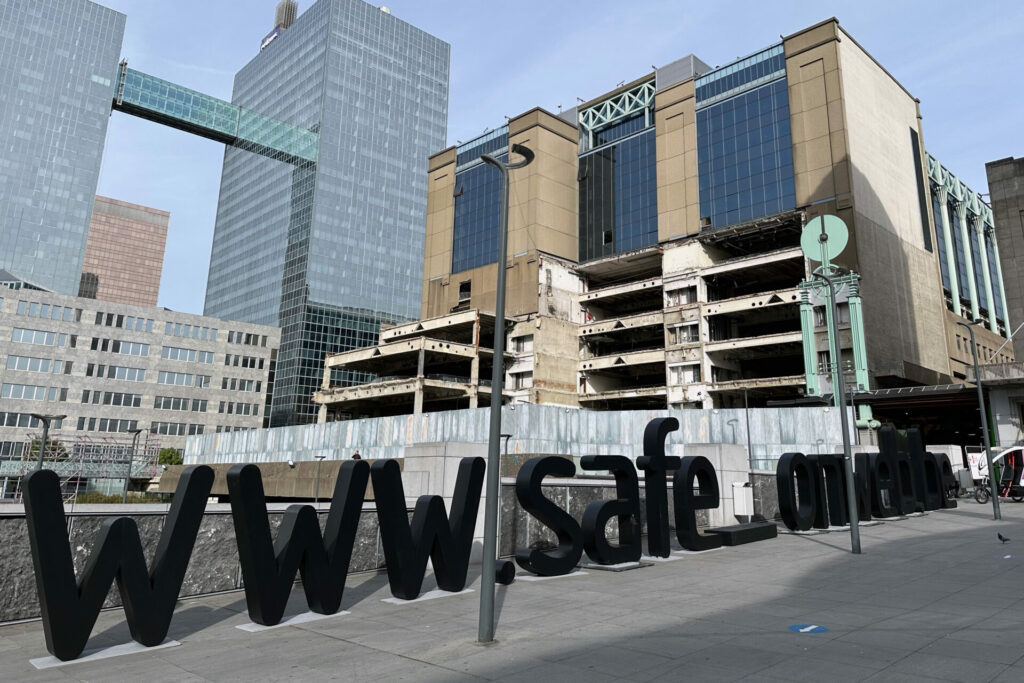The financial sector, together with the government and the Centre for Cybersecurity, launched a new campaign on Monday against phishing – where criminals scam consumers over the internet.
With a campaign slogan of It’s in the details!, consumers are being urged by the Belgian Government to pay extra attention to the URL of a website they visit or receive a link from. Consumers are also being invited to install the safeonweb browser extension tool that indicates whether a website is safe or not.
Last year, €39.8 million were stolen through phishing schemes in Belgium. The phenomenon is still increasing: in 2021, €25 million were captured. Almost seven in 10 Belgians say they have received at least one phishing message in the past six months.
At the same time, there are still Belgians who are not familiar with the phenomenon, said Karel Baert of banking federation Febelfin. "8% have never heard of it, among young people the figure is as high as 23%." Furthermore, over half of Belgians do not know what to do if they become victims of phishing.

Credit: Belga / Laurie Dieffembacq
In this context, a campaign to raise consumer awareness of the dangers of the internet is timely. Fraudsters are becoming increasingly resourceful, especially if they were to resort to AI or deep fakes – using the voice or face of someone they know – fakes become even more difficult to detect, notes Miguel De Bruycker of the Centre for Cybersecurity.
What can consumers do?
The campaign calls on consumers to pay attention to the details of a website or link. Is the domain name really the organisation’s name? Sometimes it turns out to be an odd combination, or the domain name shows a minute difference, which may indicate a scam.
When in doubt, one should always type in the organisation’s original name via the browser bar, the advice reads. The campaign will be seen in newspapers and on television, in addition to social media.
The government is also launching an additional tool: anyone can install the safeonweb extension on their browser via Chrome’s webstore. Safe websites then colour green, while if they are orange, one should be more careful.
"It is best not to leave sensitive information then," says De Bruycker. A red colour indicates a fraudulent website. "It is a new system, which may take some time,” the director of the Centre for Cybersecurity still warns. For instance, companies and organisations have to get their domain names registered. Currently, some 300,000 domain names have already been validated by the authorities.
Related News
- Belgium to introduce better protection against scam text messages
- Phishing attacks cost Belgians €40 million last year, study finds
- Fraud and phishing attacks on the rise in Belgium, study finds
In addition, Hacker Hotline is also being launched, a mobile escape room that aims to raise awareness of the dangers of online fraud in a playful way, especially among young people. It teaches them about the techniques used by fraudsters and how to guard against it. Febelin will take this game to schools and events, among others.
On the website safeonweb.be there are more tips against phishing and people can report suspicious messages (verdacht@safeonweb.be).

